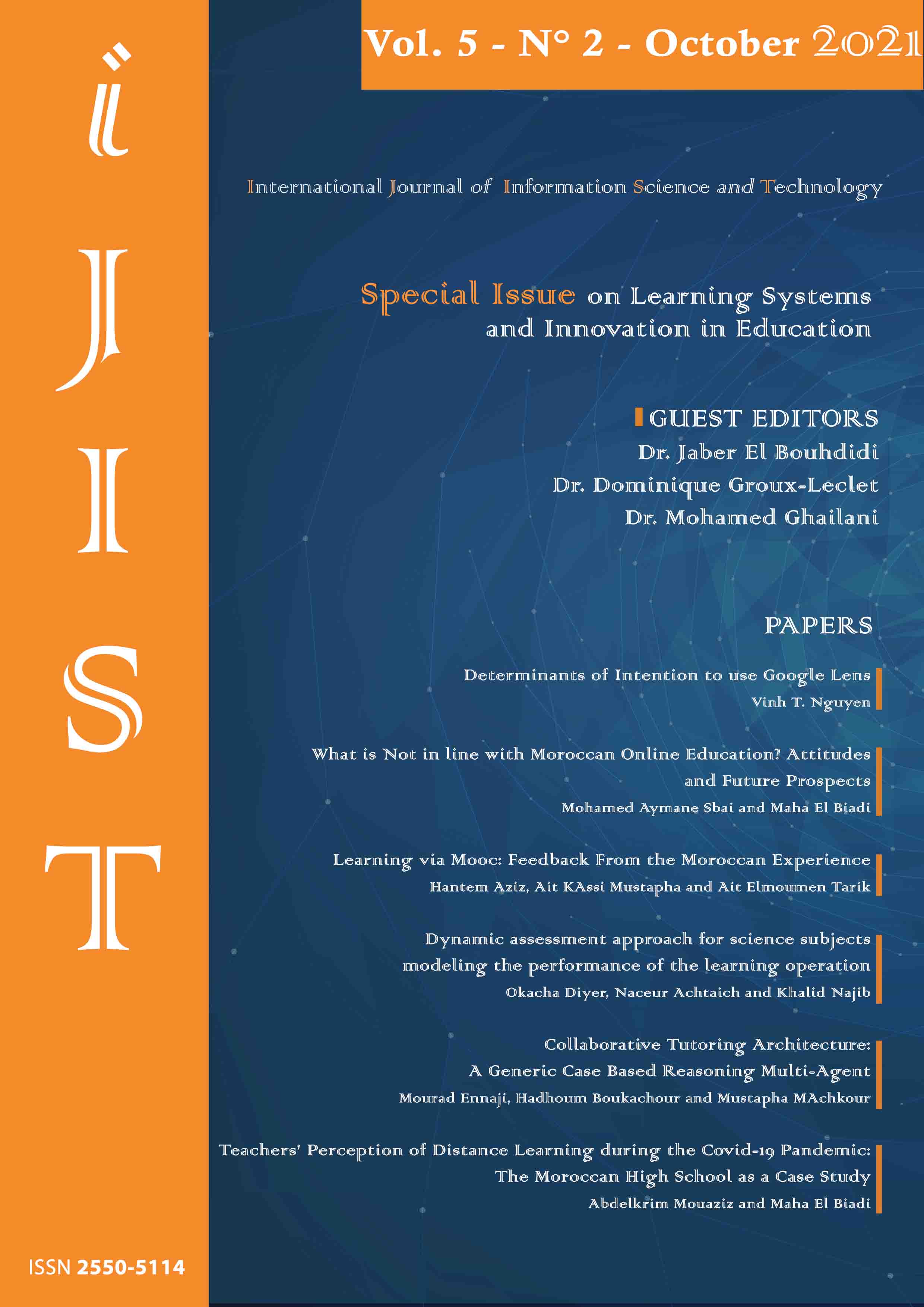Determinants of Intention to use Google Lens
Abstract
The Covid-19 epidemic has had a tremendous impact on all sectors of life. Children have more time to explore their environment and ask difficult questions that cannot be addressed instantly by their parents or relatives while they are not in school. Google Lens might be regarded as a useful auxiliary tool in addressing this issue. This study looked at the effects of seven different factors on people's intentions to use Google Lens. The modified Unified Theory of Acceptance and Use of Technology model was used to assess user behavior in terms of performance expectancy, effort expectancy, social influence, facilitating conditions, hedonic motivation, utilitarian value, and perceived risk. Generalized structured component analysis was employed to evaluate the proposed study model. Using data of 395 participants who had kids at home due to social distancing, the study results showed that performance expectancy, utilitarian value, social influence had a statistically significant and positive impact on behavioral intention, perceived risk had a statistically significant and negative effect on behavioral intention. However, this study did not find significant relationships between the effort expectancy and the behavioral intention, nor between the hedonic motivation and the intention to use the Google Lens application. Due to the dissatisfaction with validity and consistency, the factor of facilitating conditions was not included in the analysis. The reasons for these non-significant correlations will be examined further in a large-scale user experience researchThe submitting author warrants that the submission is original and that she/he is the author of the submission together with the named co-authors; to the extend the submission incorporates text passages, figures, data or other material from the work of others, the submitting author has obtained any necessary permission.
Articles in this journal are published under the Creative Commons Attribution Licence (CC-BY). This is to get more legal certainty about what readers can do with published articles, and thus a wider dissemination and archiving, which in turn makes publishing with this journal more valuable for you, the authors.
In order for iJIST to publish and disseminate research articles, we need publishing rights. This is determined by a publishing agreement between the author and iJIST.
By submitting an article the author grants to this journal the non-exclusive right to publish it. The author retains the copyright and the publishing rights for his article without any restrictions.
Privacy Statement
The names and email addresses entered in this journal site will be used exclusively for the stated purposes of this journal and will not be made available for any other purpose or to any other party.







